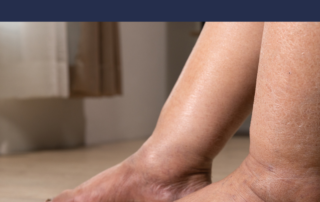4 Arterial Treatments
Peripheral Arterial Disease – Treatment
The treatment for the peripheral arterial disease (PAD) has two main goals. One is to manage the symptoms, including leg pain, allowing you to resume your normal physical activities. The second one is to stop the progression of atherosclerosis in the body, […]












